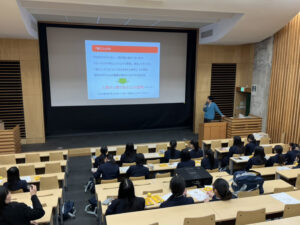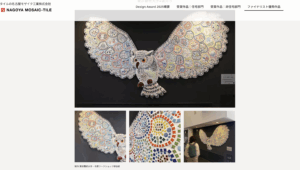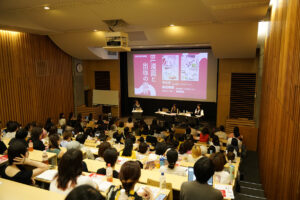NEWS
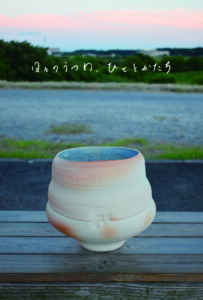
展覧会情報
教育研究助手 男澤果林 個展『男澤果林 作陶展ー日々のうつわ、ひととかたちー』
この度、美術教育研究室の教育研究助手 男澤果林の個展「男澤果林 作陶展ー日々のうつわ、ひととか
ABOUT
In the Department of Art Education, students pursue highly diversified studies into the educational significance of art and the aesthetic formation of human character, engaging in both creative activity to mobilize their practical skills and research rooted in theoretical thinking.
In practical creative endeavors, students expand their horizons in an expansive range of artistic areas, striving to heighten the caliber of their specialized skills as purveyors of expression. They likewise inquire the essential significance of art in the formation of human thought, development and other aspects at the source of expression. They devote themselves to studies designed to theoretically deepen the discovery and the experience gained from their own works.
On the creative side, the Department maintains a broad view that extends to interdisciplinary links with other fields. On the theoretical research front as well, in addition to theories of creation and education, collaborations are actively engineered with artistic anatomy, graphic or color science and other fields involving the fundamentals of art, as well as with other disciplines linked to the basics of human life. This is all part of the Department ’s integrated quest to lay the groundwork for higher quality of art education for many years to come.
The Department of Art Education was founded in 1963 as an independent course within the university ’s graduate school. Over the past half century, the Department has graduated a steady stream of outstanding individuals.
We look forward to the shining exploits of the graduates of this department across an impressive range of artistic and educational domains in the future.
*The Department of Art Education is in the Special Graduate Courses (master’s program and doctoral program).
*Curriculum Policy (Tokyo University of the Arts Website)
MASTER
In the master program of Art Education, students need to complete the following subjects: 美術教育論 (the theory of Art and Education)、構成論及び演習 (Composition)、素材論及び演習 (Materials)、実技 (Practical works of Arts)、課題研究 (Research themes) as compulsory, seminars of this department as elective compulsory and other elective subjects.
*These subjects are offered only in Japanese.
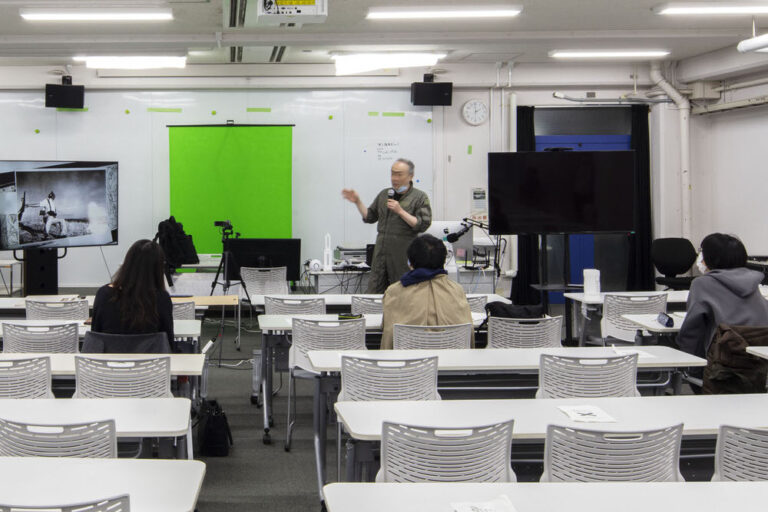
DOCTOR
In the doctoral program, individuals who have obtained the Master’s Program degree work toward further advancing their research.
*This program requires a high level of Japanese proficiency.

Studio in Ueno Campus
Since it is located near various museums like The Ueno Royal Museum and in the central area of Tokyo where brings experiences by most attracted art scene, the Ueno Campus offers an environment to deepen various artistic expression like painting, sculpture and installation.

Studio in Toride Campus
In the toride campus, students can focus to their theory and creative work in an environment away from the bustle of city and in open-wided nature.
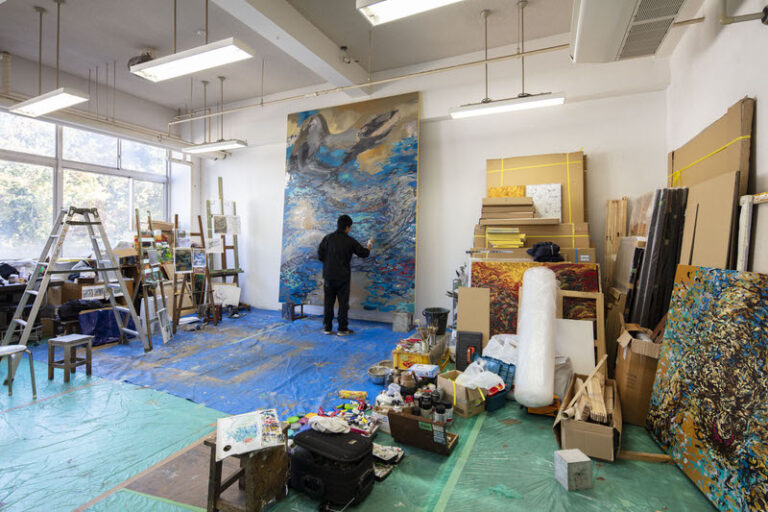
研究室の活動
APPLICATION
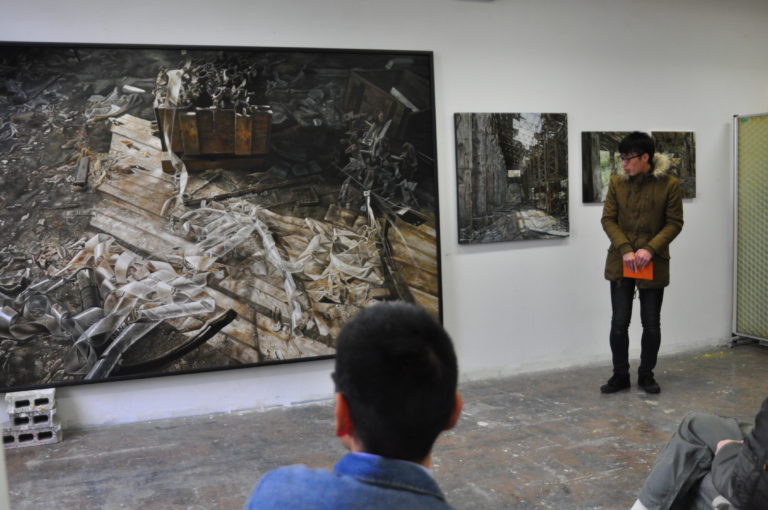
Examination
Please confirm official informations about the Applicaton on the follow links.
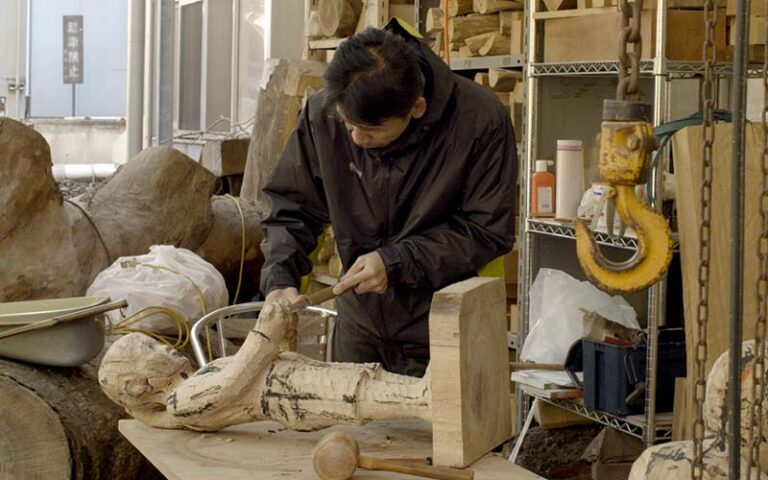
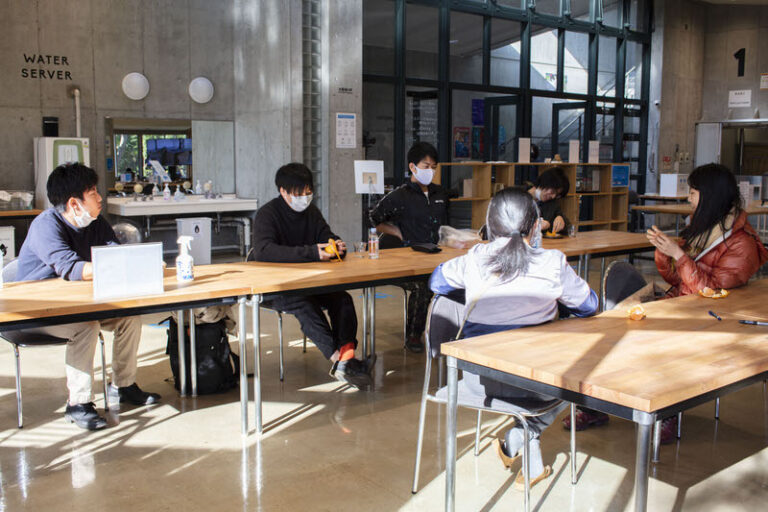
Graduate's Intervew
Interview with a Master’s Degree Graduate of 2024 Momo Sumiya
- Why did you choose to study in the Department of Art Education ?
When I visited the Echigo-Tsumari Art Triennale in my fourth year of university, I was deeply inspired by how art revitalized a depopulated rural area. That experience sparked my interest in regional art projects. Later, in 2020, when the Kumagawa Railway was damaged by flooding, I began to dream of organizing an art festival along its line. However, I realized that my undergraduate studies alone hadn’t equipped me with the tools to take concrete action after graduation, so I decided to pursue further education.
I felt strongly that expressing and articulating the connection between art and community was essential—something I struggled with. I wanted to develop my ability to communicate ideas through theoretical research. At the same time, I wanted to continue creating my own artworks. That’s why I was drawn to the Department of Art Education, where both practical creation and theoretical study are valued. - What left a lasting impression during your studies at Tokyo University of the Arts?
During my time as a student, I had the opportunity to participate in a short-term internship at an art festival held at an unmanned train station, join an action tourism program in Tokushima Prefecture, attend a study tour in Taiwan, and assist in art workshops—all thanks to introductions from my professors. Because my undergraduate years were impacted by COVID-19 restrictions, being able to visit places and engage with people firsthand was particularly meaningful and educational.
In terms of studio work, I was able to expand my range of expression by using not only the regular classroom space but also facilities like the stone carving studio, paint studio, woodworking studio, and ceramic studio in the crafts department. The Department of Art Education is home to students and faculty from diverse disciplines, which encouraged rich conversations and valuable advice from various perspectives. From everyday chats to helping me install heavy artworks, the people around me were always supportive during my two years in the department. The small size of the lab meant I received a lot of personal guidance.
Although it was truly challenging to manage both the creation of my final artwork and the writing of my thesis at the same time, it was a fulfilling and growth-filled experience. - Plans after graduation
Graduate school helped me clarify both my artistic approach and research theme. I believe this is because I had many opportunities to engage with others and express my thoughts in words. During an internship at an art festival, an artist I met told me, “If you really want to create an art festival, you should start by becoming part of the community.” Taking that advice to heart, I decided to work in Yunomae Town in Kumamoto Prefecture—at the final stop of the Kumagawa Railway—as a member of the Community Revitalization Cooperation Team.
Drawing on my university experiences, I am now planning art workshops as part of my role. While I previously explored community-building through art in my thesis, I now aim to take the lead in real-world activities and continue exploring the power of art through direct practice. In addition to regional revitalization, I will also keep creating my own artworks—with the goal of becoming a world-renowned “bath artist” and sharing my work from the countryside to the world. Above all, I want to cherish and cultivate connections between people as I move forward with my work.
Paths of Recent Graduates
- Joshibi University of Art and Design
- Tama Art University Tamagawa University
- Teikyo Heisei University
- Yokohama National University
- YAMATO GLOBAL LOGISTICS JAPAN CO.,LTD.
- Shinkenchiku-sha Co., Ltd.
- Visions Palette
- Wonderfy Inc.
- THE MUSEUM OF ART, EHIME
LINK
CONTACT
Please fill in the fllowing contact form. We will reply later.
◆ We accept quastions about the admission into the Art Education. You can aply to a pre-interview from the following link. *Application for the pre-interview regards 1 week before the application registration period of the Art Education.
>>Application Form for Admission Pre-Interview at the Art Education (JP)
Please contact from website of the university about other general question.
>>Detail (Tokyo University of the Arts Website)
Access
Ueno Campus
12-8 Ueno Park, Taito-ku, TOKYO 110-8714 JAPAN
>>Google Map
Toride Campus
5000 Omonma, Toride, IBARAKI Prefecture 302-0001 JAPAN
>>Google Map
